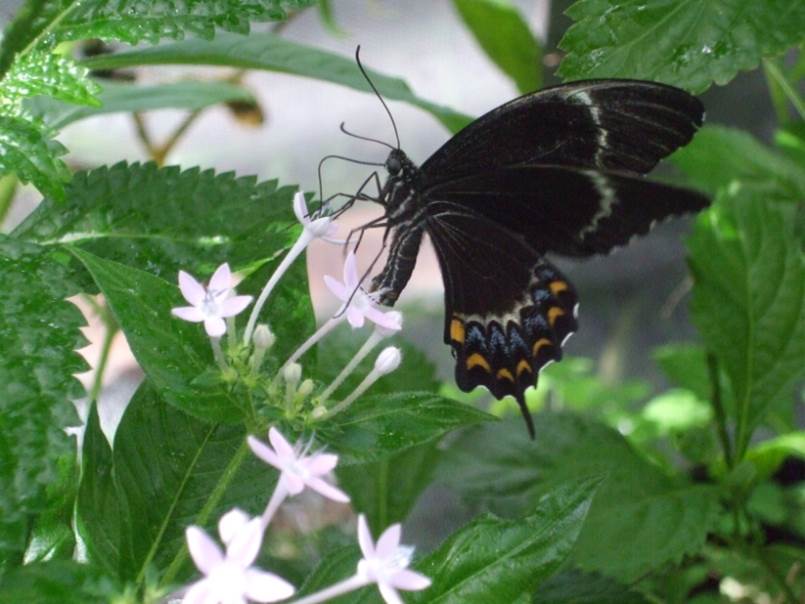
Colo-i-Suva Forest Park, a Sanctuary for Flora and Fauna
Nothing beats that feeling of peace, tranquillity and overall calmness as you enter the Colo-i-Suva Forest Park. With nature’s orchestra as a sound track as you step onto the trails, you’ll also see birds flying low through the forest canopy and other forest biodiversity on the forest floor and park surroundings. Located about 30 mins out of Suva, the park is the perfect escape from Suva City.
Colo-i-Suva Forest Park
Under its portfolio, the Ministry of Forestry has 8 nature reserves and 15 forest reserves, one of which is the Colo-i-Suva Forest Park in the Naitasiri Province.
Established in 1963, the Colo-i-Suva Forest Park consists of 92ha or 25% of the Colo-iSuva Forest Reserve and was set up for the purpose of protecting natural resources, educating the public on Fiji’s native and endemic flora and fauna, and to also promote the sustainable use of natural resources through the integration of recreational activities and eco-tourism.
A tree plantation consisting of mostly large leafed mahogany (Swietenia macrophylla) was planted in the Park primarily because of its resiliency and its ability to naturalise in tropical regions, and its commercial significance. Other native and endemic plants have overtime naturally established themselves in the park.
Fauna
The abundance and diversity of fauna is very small but its endemicity (restricted to a clearly defined geographical boundary) is what makes these animals very special to Colo-i-Suva. There are 16 unique birds and animals that are endemic to Fiji and these can be found at the Colo-i-Suva Forest Park. These unique fauna are featured on the rubbish bins at the park but on your next visit keep an eye out for this!
Plants that are exclusive to Fiji include the endemic plant family called Degeneriaceae. The plant family is exclusively found in Fiji (VitiLevu, VanuaLevu and Taveuni) and is represented by 2 species called Denegeria Vitiensis and the D. Rosiflora or masiratu / vavaloa in iTaukei.
This plant can be found in the Colo-i-Suva Forest Park together with the Amoraria or Vosa ni Veikau as it is locally known. There are 20 other endemic plants in the Colo-i-Suva Forest Park like the Masiratu (Degeneria vitiensis).
The Masiratu’s flower is featured on the back of the Fijian $5 note and can be found throughout the Forest Park. A distinctive feature of Masiratu is that its leaves are relatively large when young but reduce in size as it matures.
Threats to the Park
Immediate threats to the flora and fauna include;
- the pinanga palm which is removed from the park as it is invasive and is a threat to native biodiversity. - rubbish dumping is an ongoing issue as park staff continue to find household and commercial rubbish and old white goods dumped within the park boundary.
- encroachment and the illegal removal of trees from within the park boundary is also a concern as trees don’t grow overnight and it is not right for illegal operators to cut down trees that are being preserved for perpetuity.
The Parks and Reserves Unit continues to engage with communities that live near the boundary of the forest park to create awareness on the importance of the park and the consequences of illegal activities. Under section 29 (part 1) of the Forest Act 1992, any person(s) found breaching this can be fined up to $10,000 and/or up to 12 months imprisonment or both.
Operating Hours
The Park is open daily (including weekends and public holidays) from 8am – 4.30pm for visitors to use the upper and lower pools as well as the trails.
Conservation
The Colo-i-Suva Forest Reserve is an excellent example of a reforested degraded site that has retained much of its biodiversity and natural beauty due to the practice of Sustainable Forest Management (SFM).